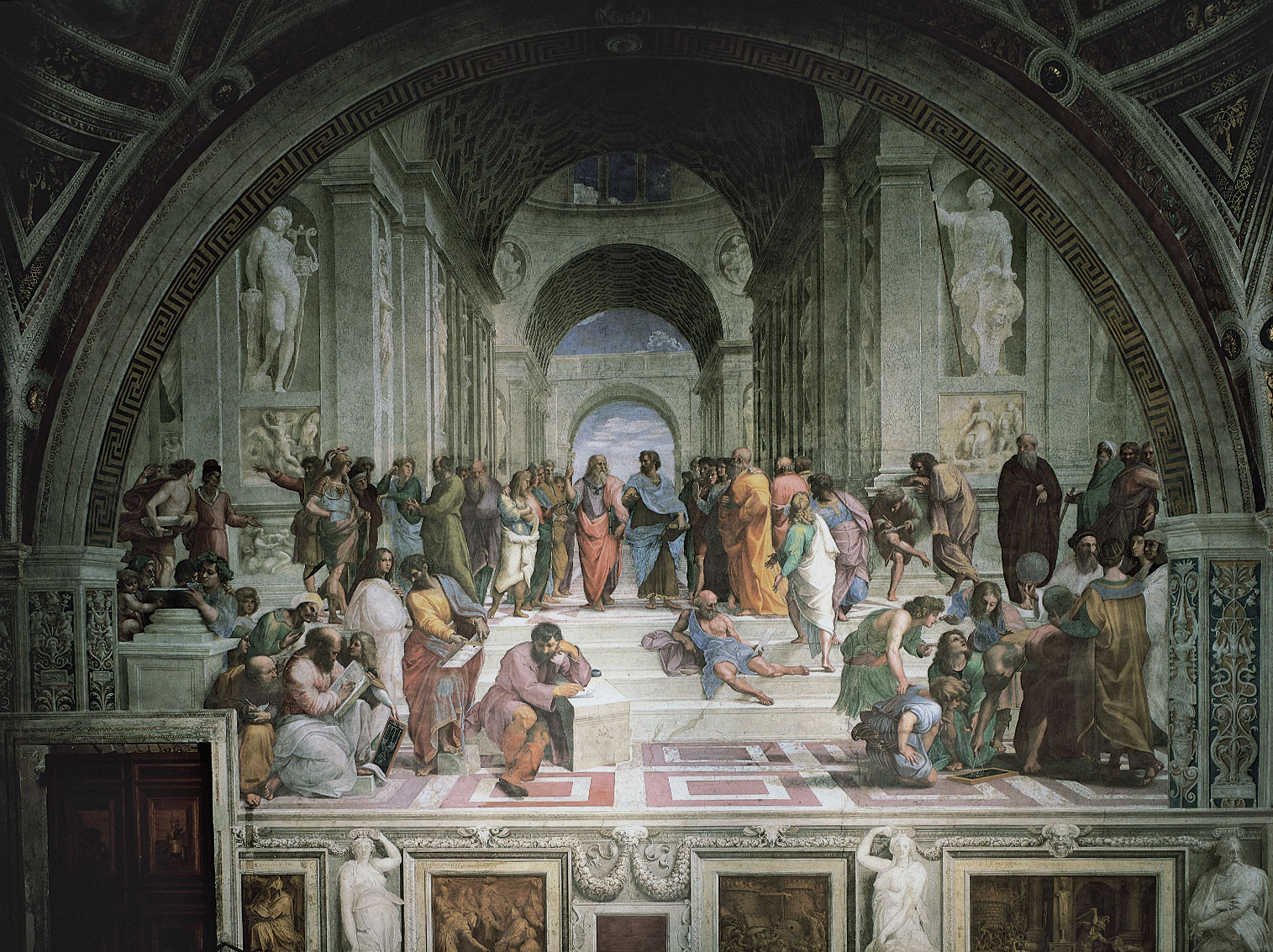
- Teacher: Lamiya Fariha
There is no content in this section.
To add content, click on the above link ‘Edit course text’
The endeavor of the course is to provide a clearunderstanding and appreciation of the origin, nature, importance anddevelopment of international law, theories as to the basis of International Law,law of nature, positivism, and sanctions of non-observance of internationallaw. The efforts would be to introduce students with different perspectives tointernational law encompassing Third World Perspective more particularly, ourown possible approach towards the present paradigm of international law.
Software Testing and Quality Assurance